Chrome Color
LK Die Casting Machine / 2024-08-06 15:43:47
2024-08-06 By Cherry
Chromium plating is a common electroplating process, the purpose of which is to form a
a layer of chromium with high hardness and good corrosion resistance on the metal surface.
Chrome plating not only enhances the beauty of the metal but also significantly improves its performance.
This article will explore the relevant knowledge of chrome plating color in detail, and combine some important
keywords to introduce the chrome plating process, application, and future development in depth.
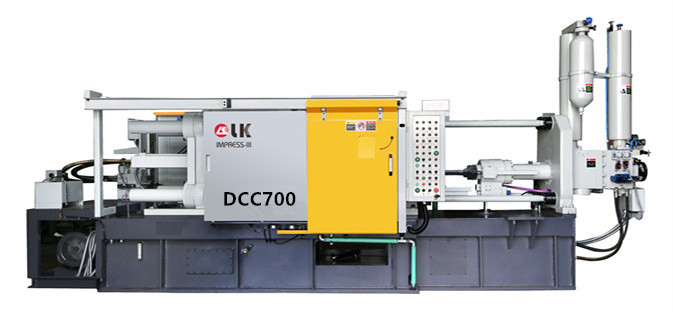
Formation of chrome color
The chrome color mainly depends on the thickness of the coating and the substrate.
Generally, the chrome plating layer is bright silvery white when it is thin, while the ticker
coating may have a yellowish hue.
In addition, the type of substrate will also affect the final color. For example, a copper-treated
the substrate may show different tones after chrome plating.
Surface treatment of electroplating
Before chrome plating, surface treatment of electroplating is crucial. Good surface treatment can improve
the adhesion and uniformity of the coating and reduce casting defects.
Common surface treatment methods include mechanical polishing, chemical polishing, and electrolytic polishing.
These treatment methods can remove oxides and impurities on the surface, making the electroplating process smoother.
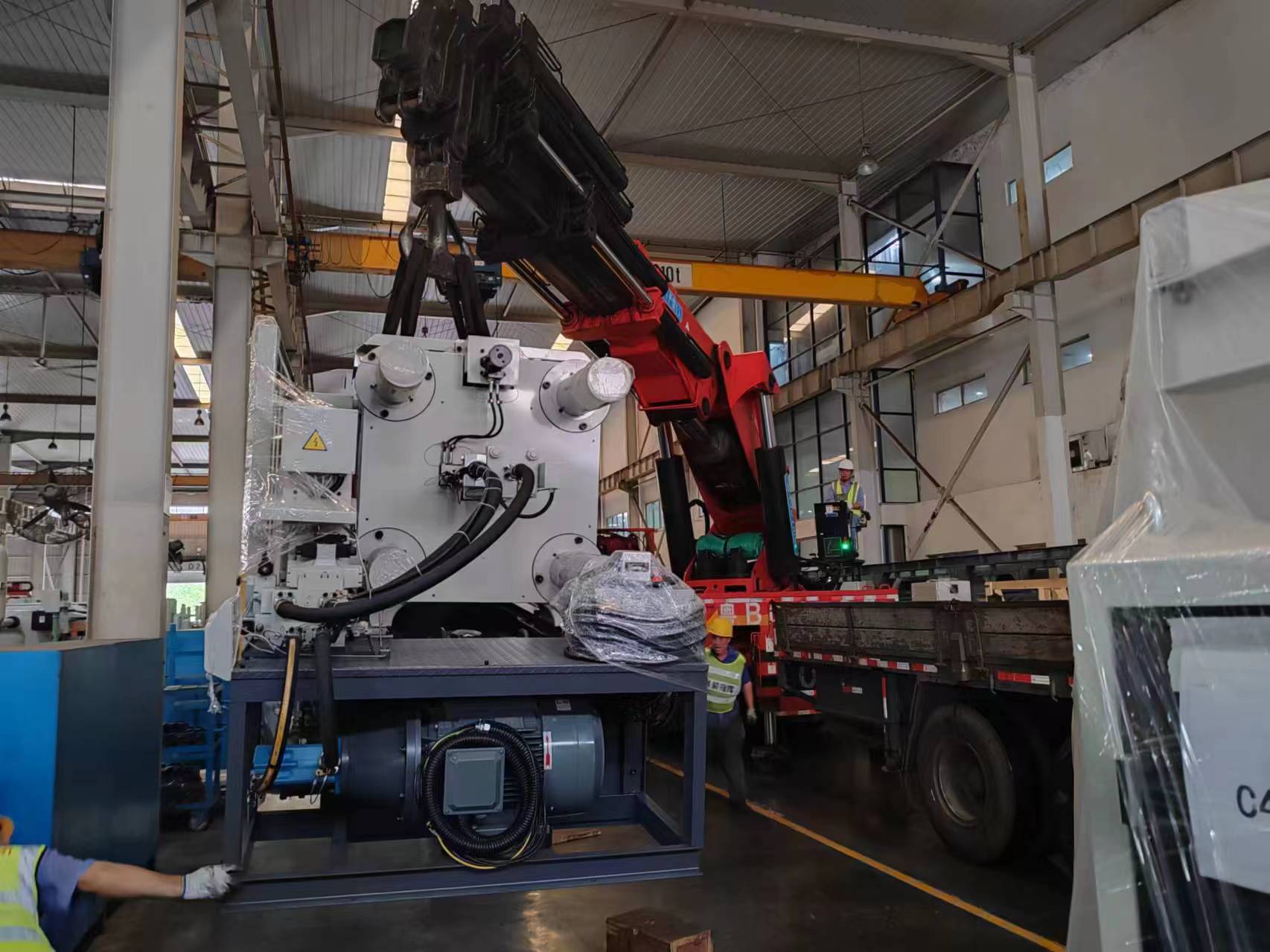
Chrome plating facility casting
In facility casting, chrome plating technology is widely used on various cast of machines and alloy castings. Whether
it is zinc 8, ADC metal processing, or aluminum density g cm³, these materials can obtain higher wear resistance and
corrosion resistance through chrome plating. Especially in large foundries such as LK Die Casting Machine Foundry, chrome plating
technology has become an important means to improve product quality and competitiveness.
Overcoming challenges in die casting
Although the die casting process is efficient, it also faces many challenges.
Materials that are difficult to die cast often have casting defects such as pores, shrinkage cavities
and cold shuts.
Chrome plating can effectively improve these problems and improve the surface quality and mechanical properties
of the product.
For example, molting zinc is prone to pores during the die casting process, but this casting defect can be significantly
reduced through chrome plating.
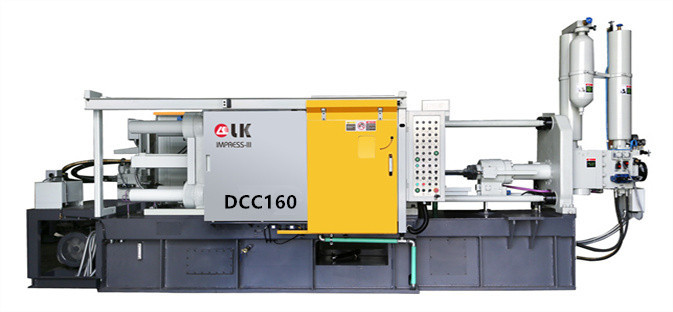
Chrome plating vs. nickel plating materials
Chrome plating and ni coating are two common electroplating methods, each with its own advantages and disadvantages.
Ni coating materials are usually used to improve corrosion resistance and conductivity, while chrome plating focuses
more on hardness and wear resistance.
In practical applications, the appropriate plating can be selected according to specific needs. For example,
some machine castings may be more suitable for nickel plating, while others are more suitable for chrome plating.
Chromate treatment
Chromate treatment is a common post-treatment process used to improve the corrosion resistance of the chrome plating
layer. Through chromate treatment, a dense oxide film can be formed on the surface of the chrome plating layer, further
enhancing its protective performance. This process has been widely used in fields such as facility casting and automobile
manufacturing.
What the future hold for us for the chrome plating?
With the continuous advancement of science and technology, chrome plating technology is also developing.
What will happen in the future? We can foresee that the chrome plating process will be more environmentally
friendly and efficient, and the cost will gradually decrease.
In addition, with the emergence of new materials and new processes, chrome plating technology will have more
innovations and breakthroughs in the future.
For example, through simulation and optimization, casting bosses can more accurately control the thickness and
uniformity of the coating, improved production efficiency, and product quality.
Conclusion
The chrome color depends largely on the thickness of the coating and the type of substrate.
Through plating surface treatment and facility cast, the quality of the chrome plating layer can
be effectively improved and various challenges to overcome cast. Chrome plating and nickel
plating each has its advantages and disadvantages, and the appropriate coating can be selected according
to specific needs.
Chromate treatment further enhances the corrosion resistance of the chrome plating layer. Looking to the future,
chrome plating technology will be more environmentally friendly and efficient, and will continue to innovate and
develop driven by new materials and new processes.
Through the introduction of this article, I hope to help readers better understand the formation and influencing
factors of chrome color, as well as the importance of chrome plating technology in various casting applications.
Whether from a technical perspective or an application perspective, chrome plating is an indispensable key technology
that provides strong support for improving product quality and performance in all walks of life.
To learn more info about Die Casting Machines, pls contact
LK OFFICIAL AGENT OFFICE DCM
LK Official Agent for Egypt(EGY), Saudi Arabia(ksa),United Arab Emirates(UAE),
the Islamic Republic of Iran(Iran), Qatar(QAT), the State of Kuwait(Kuwait)
Address: Industry Zone, South of Port Said Kebly, Egypt
https://www.zazdiecasting.com/
Phone/WhatsApp/Wechat: +86 13598704163
Mobile: +20 101 304 3317 +20 150 181 8310
Email: jack@zazmae.com ahmedmahmoud@zazmae.com
OTHER CONTENT
-
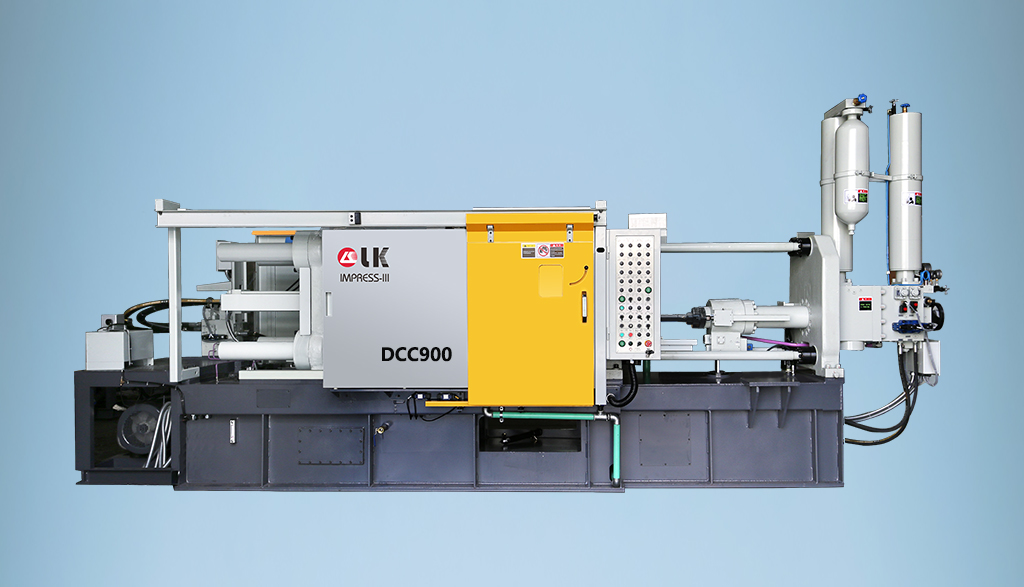
2024-09-19 14:16:15 LK Cold Chamber Die Casting Machine DCC900 Locking Force: 9000KN Die Height: 400-1000mm Space Between Tie Bars: 930x930mm Shot Weight: 13.5Kg Casting Area Max:2250c㎡
More -
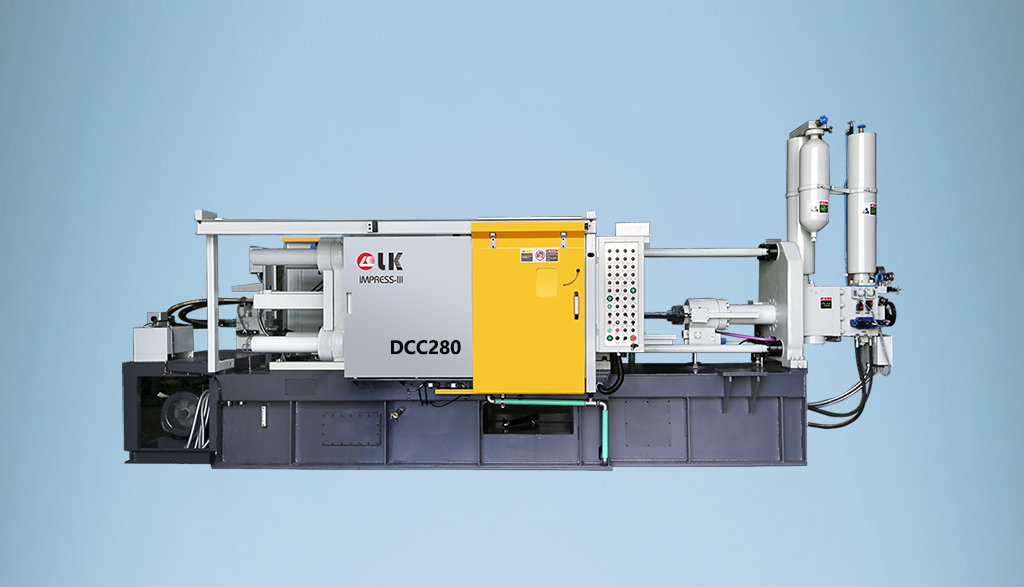
2024-09-19 14:11:06 LK Cold Chamber Die Casting Machine DCC280 Locking Force: 2800KN Die Height: 250-650mm Space Between Tie Bars: 560x560mm Shot Weight: 2.9Kg Casting Area Max:700c㎡
More -
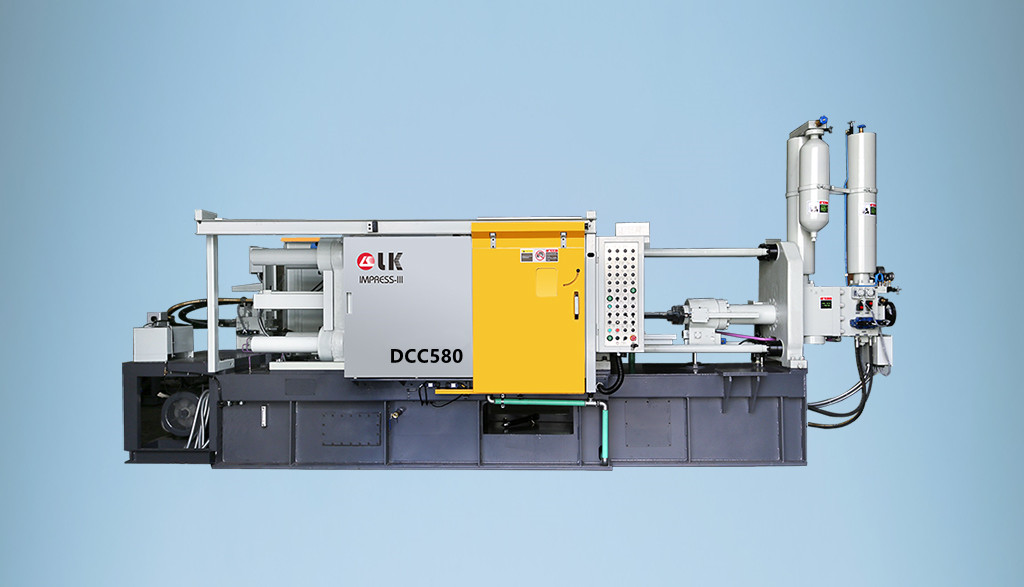
2024-09-19 10:23:07 LK Cold Chamber Die Casting Machine DCC580 Locking Force: 5000KN Die Heigh: 350-850mm Space Between Tie Bars: 760x760mm Shot Weight: 6.9Kg Casting Area Max:1250c㎡
More -
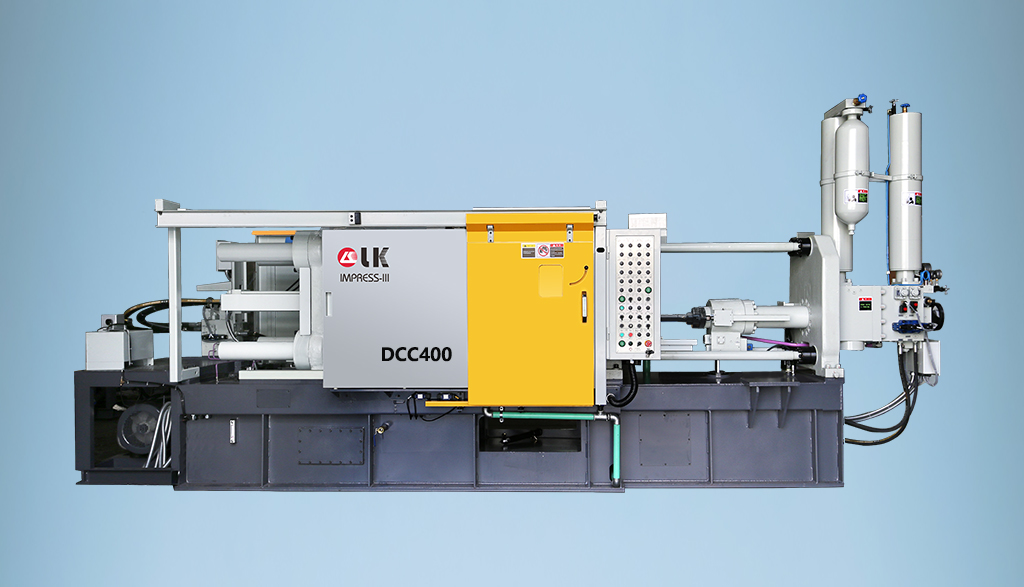
2024-09-19 10:11:20 LK Cold Chamber Die Casting Machine DCC400 Locking Force: 4000KN Die Height: 300-700mm Space Between Tie Bars: 669x669mm Shot Weight: 4.7Kg Casting Area Max:1000c㎡
More

